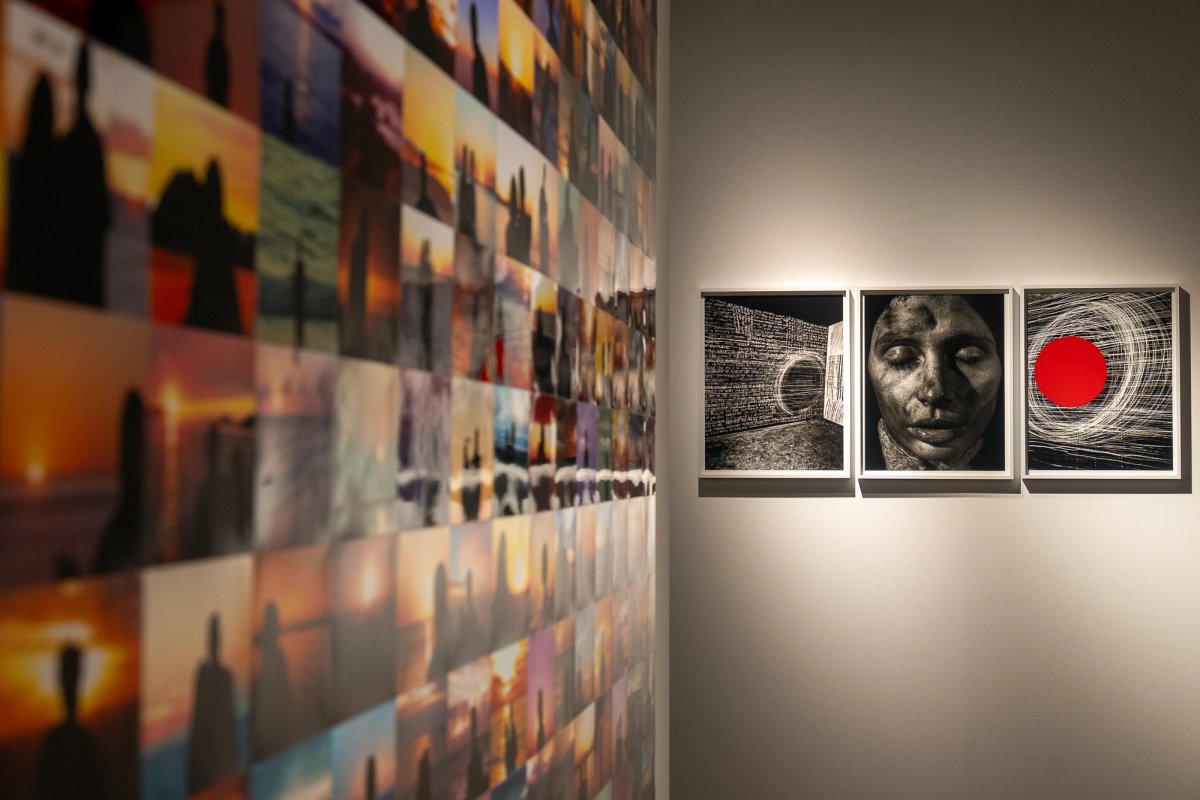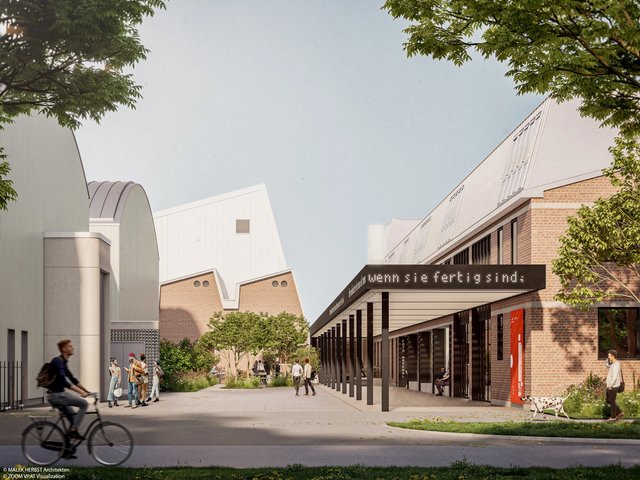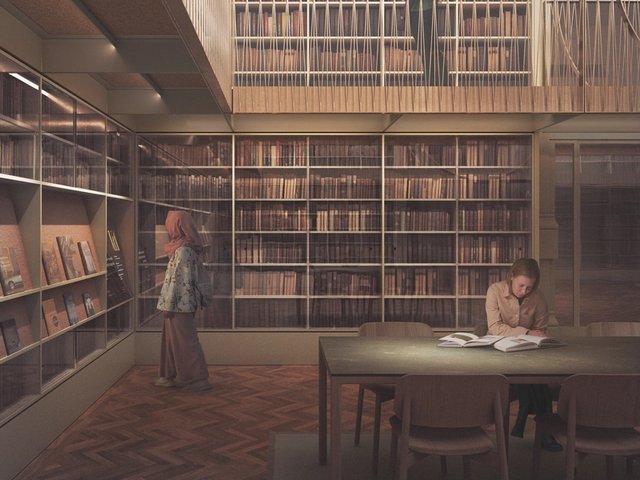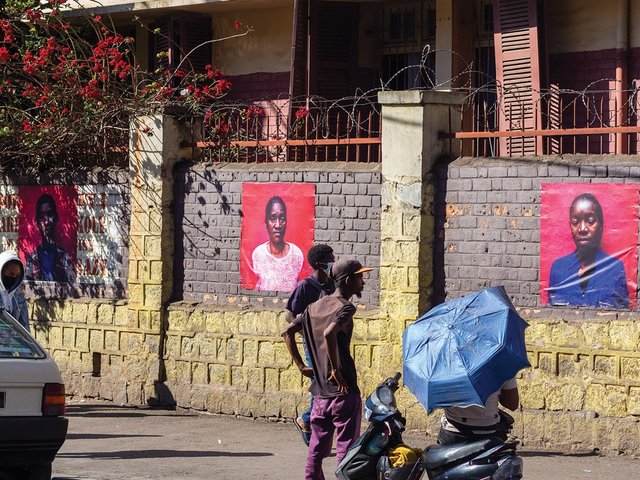In Dublin’s east docklands, where cranes pepper the skyline and groundscrapers stretch across former warehouse sites, PhotoIreland, the organisation behind Ireland’s longest-running photography festival, is set to launch its most ambitious project yet: the International Centre for the Image, a venue dedicated to photography and visual culture.
The centre opens on 17 July with Foreword, an exhibition featuring Malian-French artist Anna Safiatou Touré’s Gamanké Museum (2025), American artist Alex Prager’s Run (2022), Irish-Iraqi artist Basil Al-Rawi’s House of Memory (2022), and 12 others. It explores how images shape power, perception, and extremism.
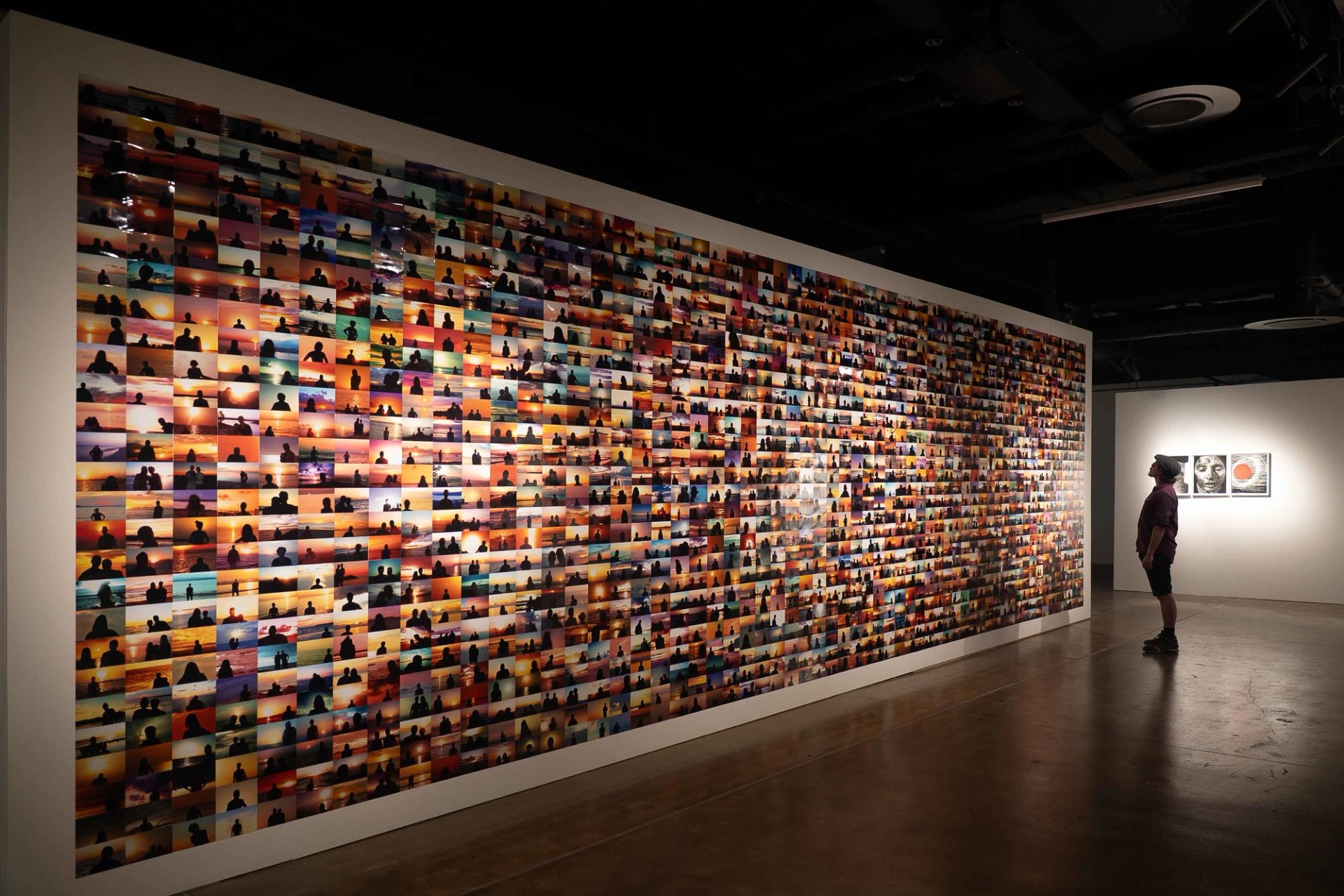
An installation view inside the new International Centre for the Image
© PhotoIreland - International Centre for the Image, 2025
PhotoIreland, a Dublin-based not-for-profit, is best known for The Library Project, its popular photobook shop and library in the city’s central Temple Bar district, as well as for its festivals, annual pop-up exhibitions and publishing work, including the journal OVER. The new 1,000-square-metre underground centre, reached through a glass box entrance off Mayor Street, sits beneath a mixed-use complex developed by Kennedy Wilson. It is jointly funded by Kennedy Wilson and Ireland’s Arts Council.
This is the organisation’s first permanent exhibition space and will house a studio, a dedicated working area for artists, and PhotoIreland’s library, which is moving from The Library Project (the bookshop will remain in Temple Bar). The move east brings with it the challenge of drawing audiences away from Dublin’s cultural core, which is already home to the independently run Photo Museum Ireland.
Ángel Luis González Fernández, PhotoIreland’s director, says the group deliberately avoided using the word museum when naming the new centre to sidestep associations with top-down curation. “It’s about making the space as open as possible,” he adds.
A new era for PhotoIreland
The centre marks a shift in scale and ambition for the group as it transitions from festival-maker to year-round institution. PhotoIreland had been looking for a permanent exhibition space for some time, so when Kennedy Wilson offered a site it had earmarked for cultural use, González Fernández took the opportunity.
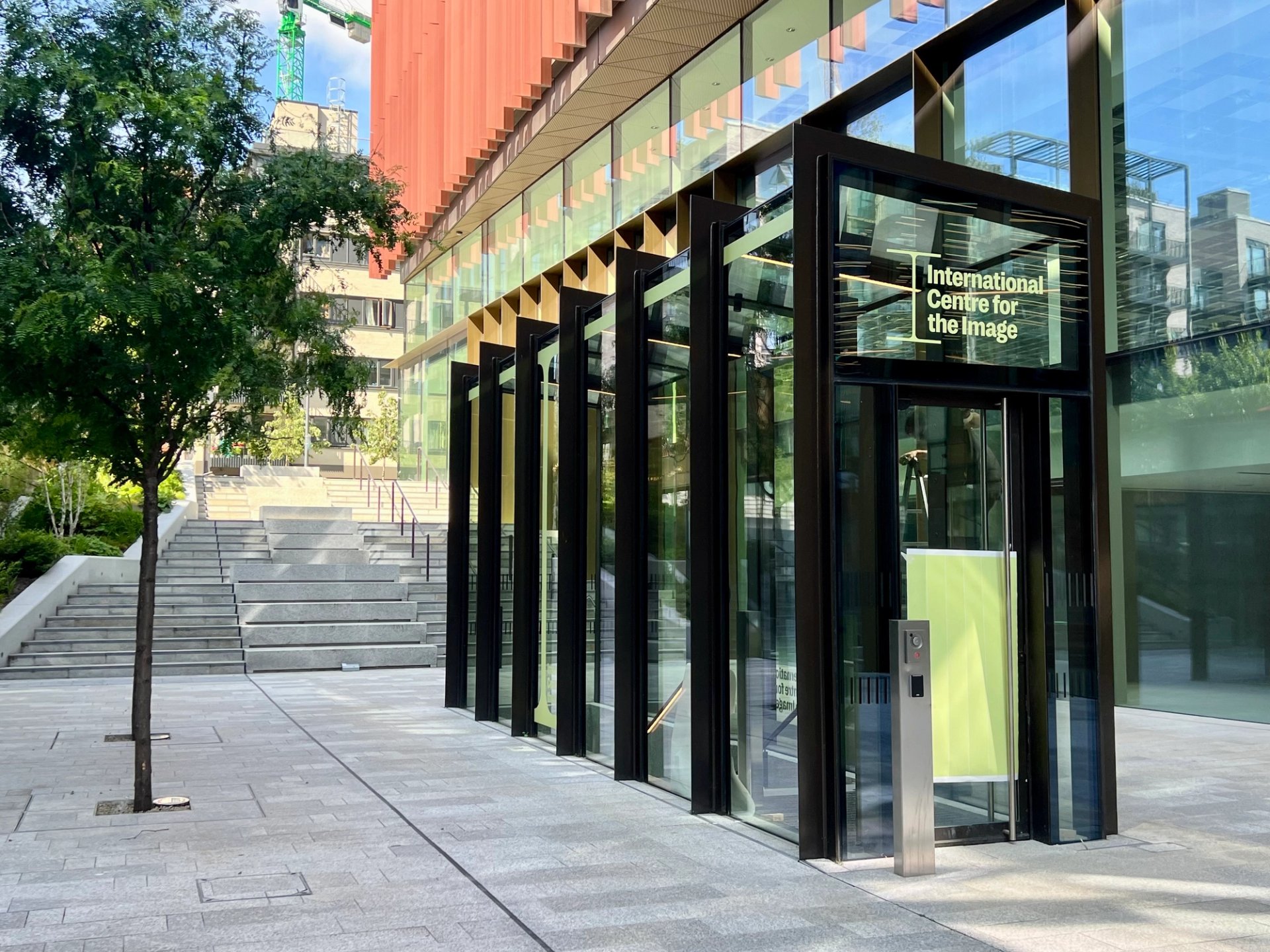
The new 1,000-square-metre underground centre sits beneath a mixed-use complex
© Richard Conway
Foreword seems to act as both an inaugural show and a curatorial statement; one that broadens the group’s focus from photography to the moving image and wider visual culture.
“There is a broad and deep cultural history, which has been occluded by a few decades of visual media,” says one of the exhibiting artists, Basil Al-Rawi, whose work draws on personal image archives and the aesthetics of electronic role playing games. In his view, photojournalistic depictions of Iraq often portray the country as a conflict zone at the expense of cultural complexity.“Photography is deeply implicated in the misrepresentation.”
PhotoIreland’s new home positions it at the forefront of debates about new art spaces in the city and where they should be. The Dublin docklands—a historic working-class area, now home to offices, apartments, and cafes—has undergone enormous transformation in recent years. Cultural infrastructure, however, has been slow to follow. But there are signs docklanders might bite. PhotoIreland staged a pop-up exhibition nearby last year, and it drew significant interest from passers-by.
“They would be out with their dog and they’d come in. And the next day you’d see them again come in to look at something else,” says Julia Gelezova, a curator and PhotoIreland’s general manager. “I think it’s because we were new in the area. People were curious."
- Foreword runs until 14 September


